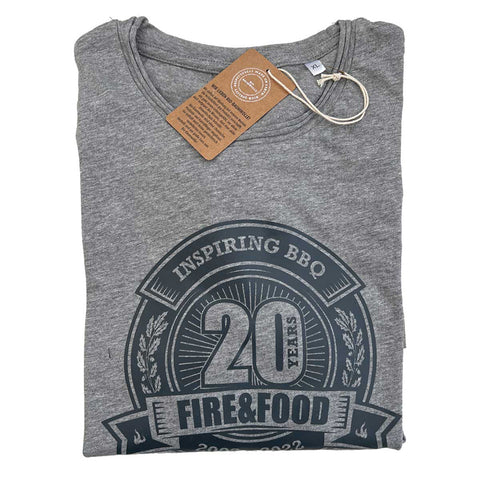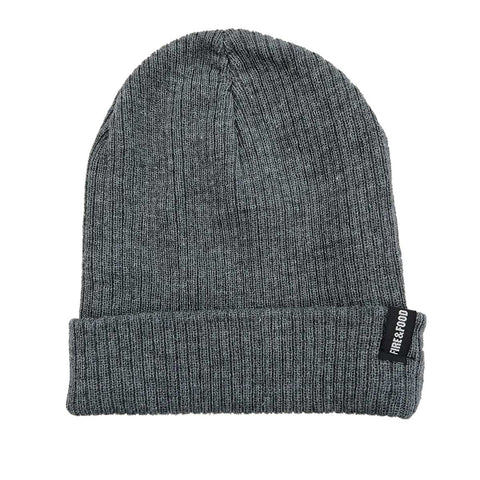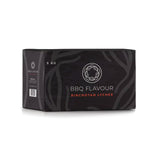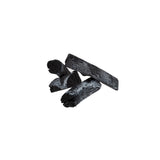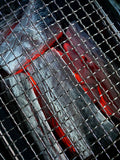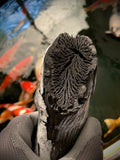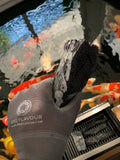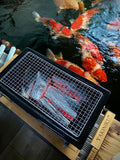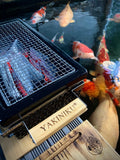SHOP > NEW RELEASES > Binchotan Charcoa...
SHOP > SOLD OUT > Binchotan Charcoa...
SHOP > YAKINIKU ORIGINAL JAPANESE GRILLS > Binchotan Charcoa...
Shipping calculated at checkout.
BINCHOTAN – THE WHITE PREMIUM CHARCOAL.
Traditionally, Binchotan charcoal has always been used to fire a Shichirin grill or a Japanese Kamado oven. This unique premium charcoal is among the highest quality in the world and reaches a glowing temperature of up to 1,000°C. Binchotan charcoal is as hard as iron and does not crumble or blacken. In Japanese cuisine, Binchotan enhances the aroma and taste of the food.
The charcoal used in Japan that we will be talking about is called binchotan. Binchotan is a charcoal with an unearthly carbon content that ensures an almost pure composition. And you can try it.
Binchotan is made there in a beautiful traditional way - after all, we are in Japan, so what do you expect - in kilns made of stone and clay. Burning this charcoal requires so much expertise that there is a separate compartment for it: the binchotan burner. However, this box is unfortunately disappearing. Few young people of the new generation are interested in it, which is very disappointing because it really is one of the most precious things in traditional Japanese culture. But it is still there, so enjoy it while you still can!
So making binchotan to Japanese quality standards is very difficult, but certainly not impossible. It takes a very long time. Very, very, very long. One cycle to make about 400 pounds of binchotan takes fifteen days. This cycle starts, of course, with the collection of wood and ends with the packing in the boxes. Here's a little flyover of everything that happens in between.
The collected wood is first carefully - everything carefully - placed in the oven and heated to about two hundred degrees with a minimal supply of oxygen for about ten days. This minimal supply of oxygen ensures that the wood does not burn, but decomposes. Because so little oxygen is supplied, an almost completely pure carbon composition is ultimately created.
When the smoke from the oven is just the right color, the wood is decomposed and the oxygen supply is increased. The oven reaches a temperature of no less than a thousand degrees. This stops as soon as the charcoal glows red.
The final step is to roll the charcoal in ash and sand, giving it the characteristic gray sheen. After all, it's not called white binchotan for nothing. And then you have binchotan, with a nice carbon content of no less than about 95 percent. Binchotan doesn't give off smoke, doesn't spatter, and burns at a constant temperature. Compared to Marabú charcoal, it's actually the quiet brother, taking things a little more calmly and orderly. You don't get all these extra qualities for nothing; it's a little more expensive than Marabú.
Binchotan Lychee - 5 kg
Lychee has a carbon content of 95.9%. The charcoal bed can reach a temperature of 870 to 1000 degrees. The total burning time is on average 4.5 hours. No chemicals were added during the traditional production process. As a result, no smoke or flavor development occurs. The amount of ash is about 1.8%.













